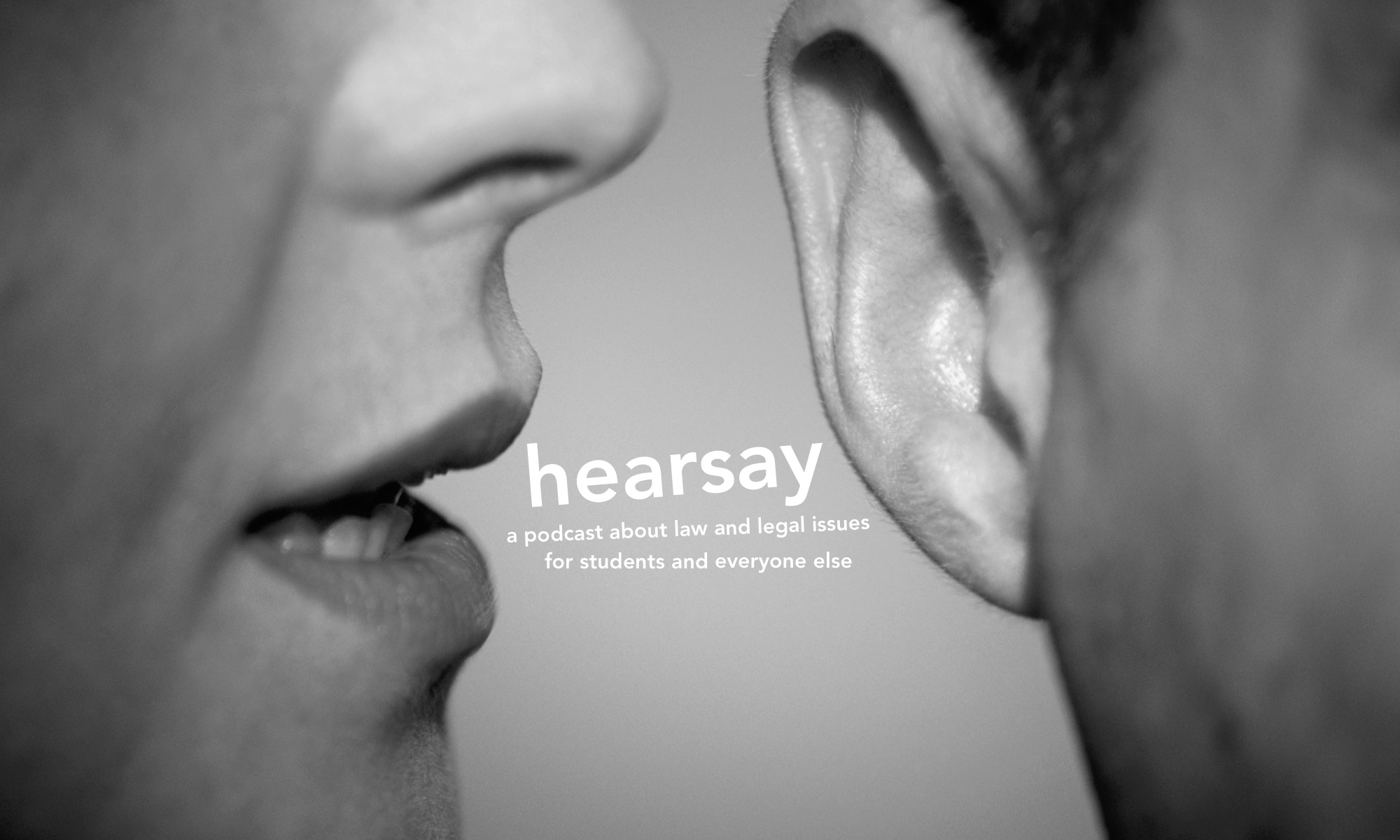Protests have again erupted across the US, after a grand jury decided not to indict a white police officer over the shooting of an unarmed black man, Mike Brown, in Ferguson, Missouri. The grand jury process in Missouri requires 9 of 12 jurors to agree there is “probable cause” to indict the accused. This is similar to a committal in Victoria, in which a magistrate determines whether a prima facie case exists prior to the preparation of an indictment. Critics of the US grand jury system point out that they almost always result in prosecution—except when the accused is a police officer. Historically, Victoria had a very different grand jury system. Instead of weeding out weak cases, it was intended to ensure prosecutions could go ahead. Indictable prosecutions were brought in the name of the Attorney-General—a politician. To ensure that political corruption did not prevent prosecutions, private citizens could call for a grand jury of “not less than twenty-three men” to decide if the accused should be committed for trial. It was used 10 times before the independent DPP was established in 1983, removing the Attorney-General and the risk of political corruption from the process. The Victorian grand jury process was then effectively obsolete. Nevertheless, conspiracy theorist Brian Shaw was declared a vexatious litigant after unsuccessfully filing applications to summon more than 40 grand juries between 2001 and 2007. The grand jury process was then abolished by the Criminal Procedure Act 2009.

A podcast about law and legal issues